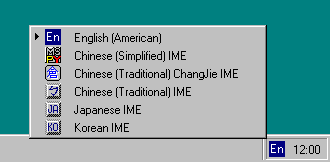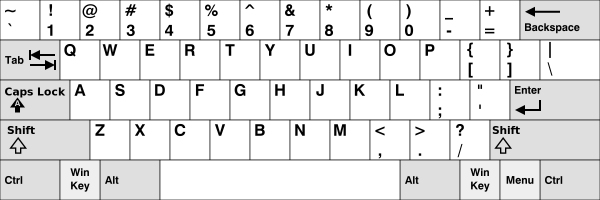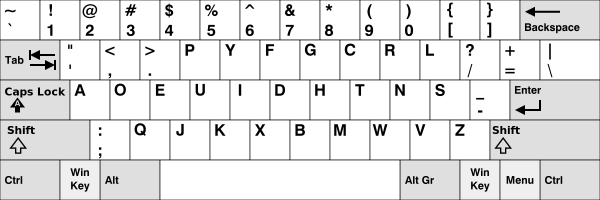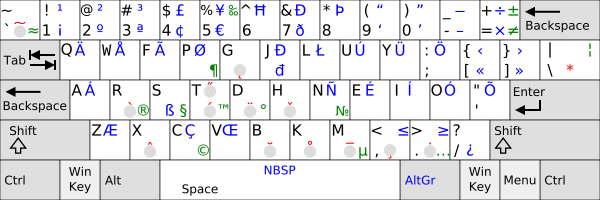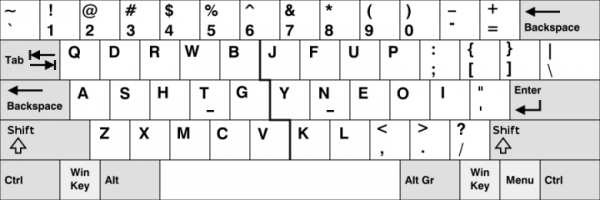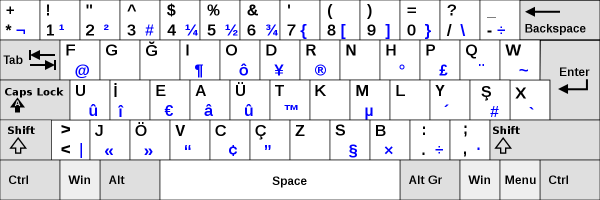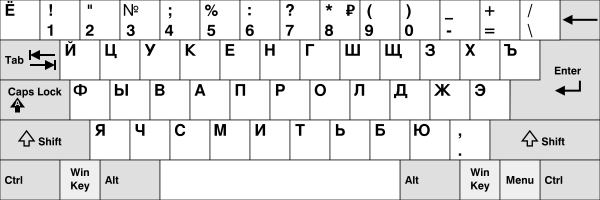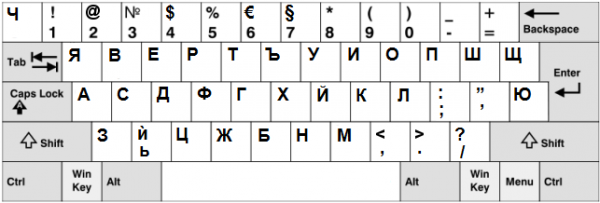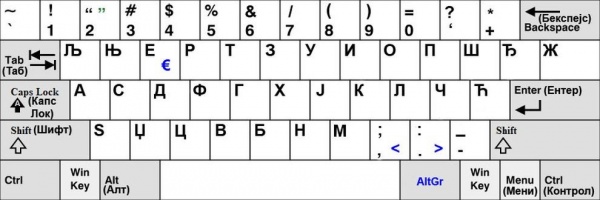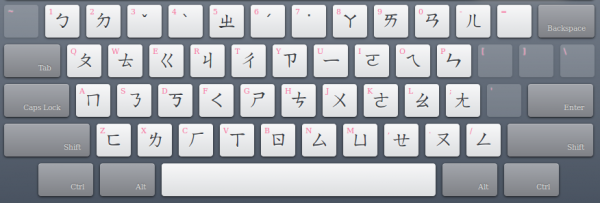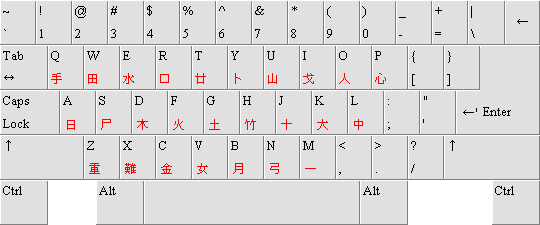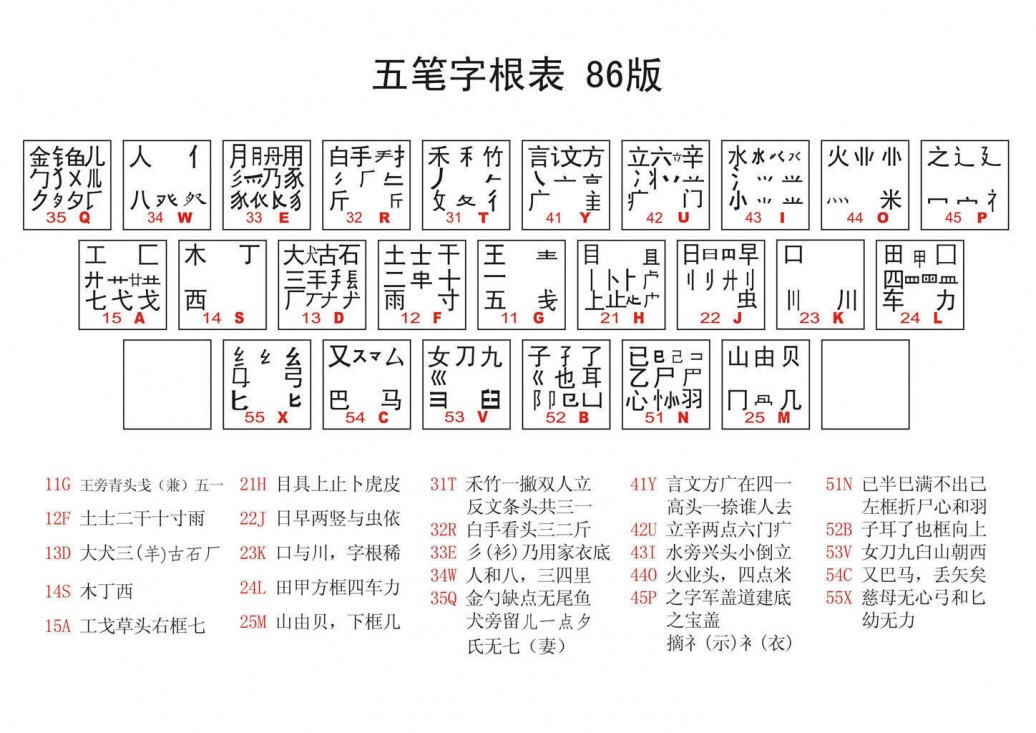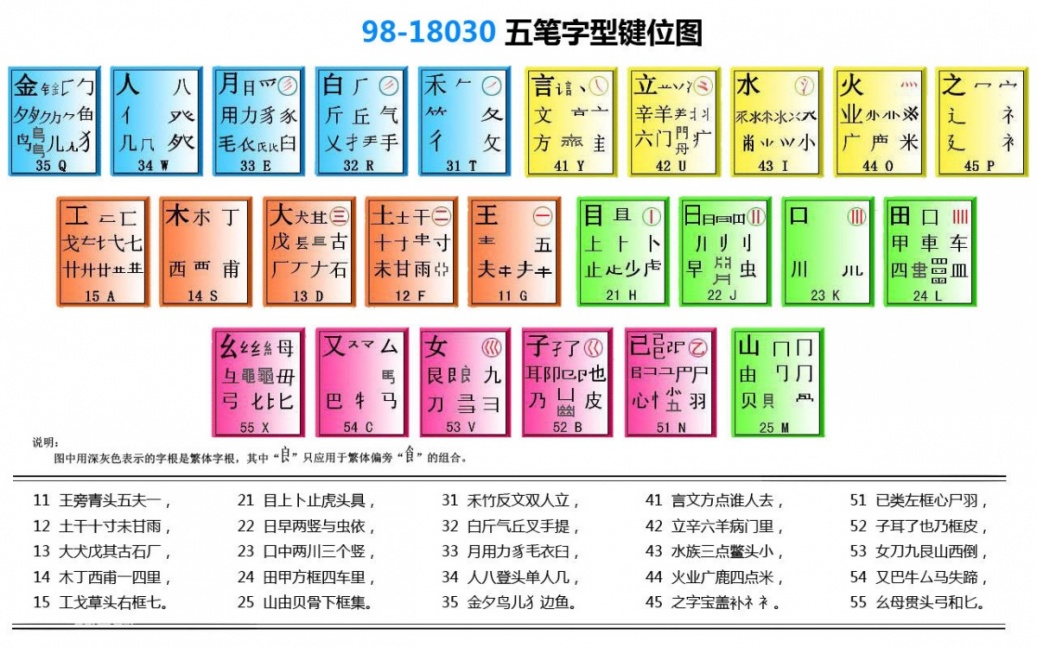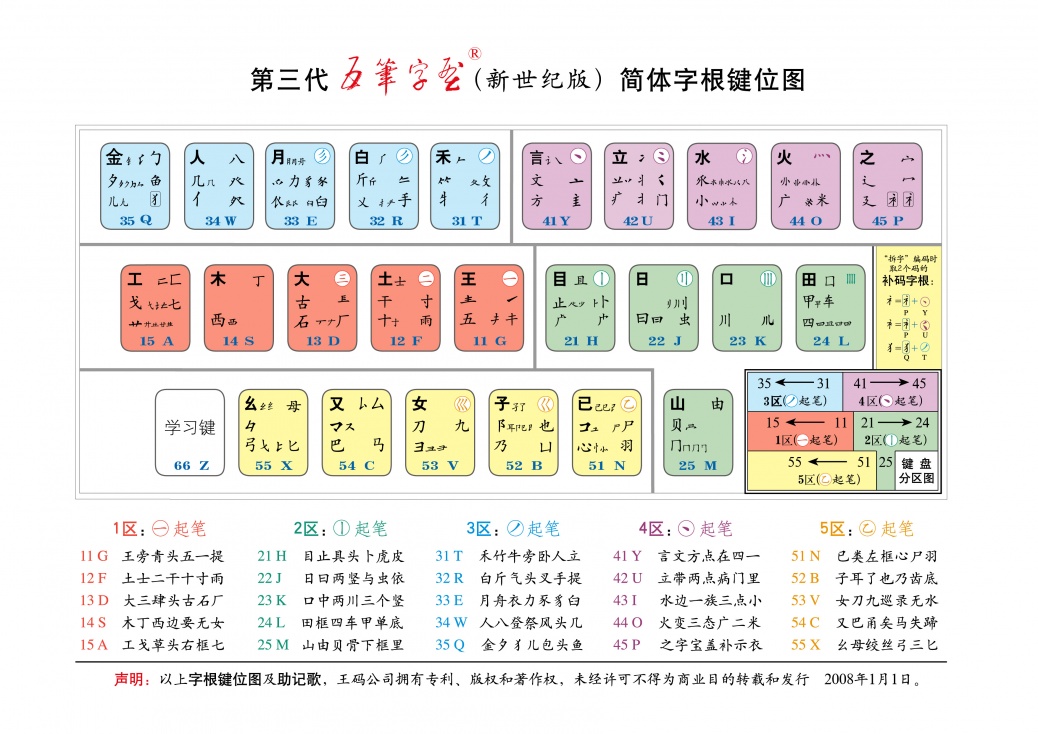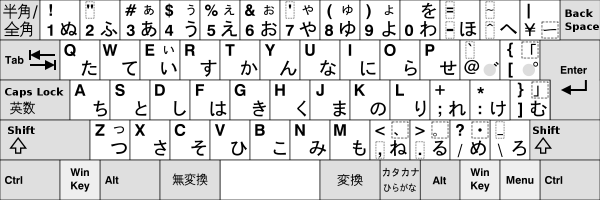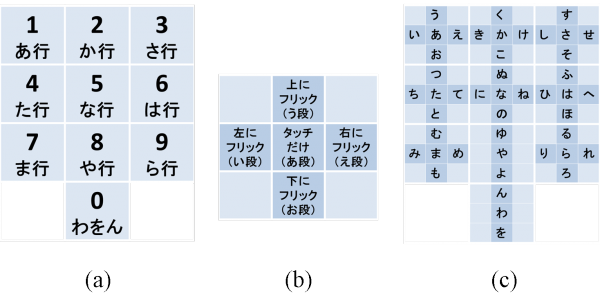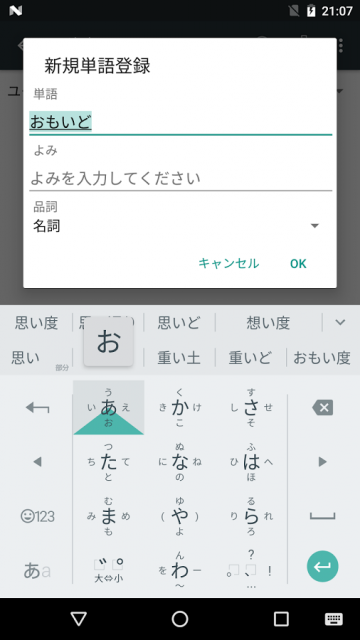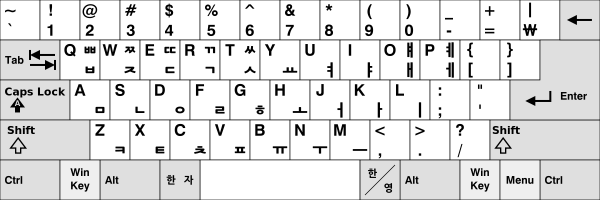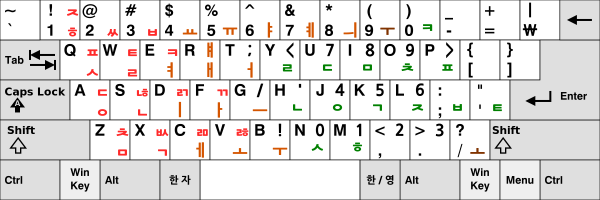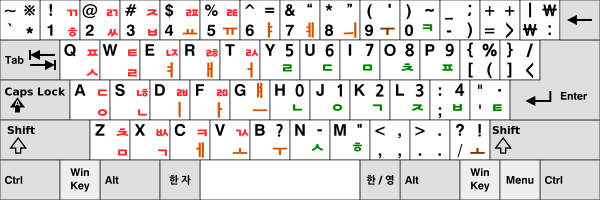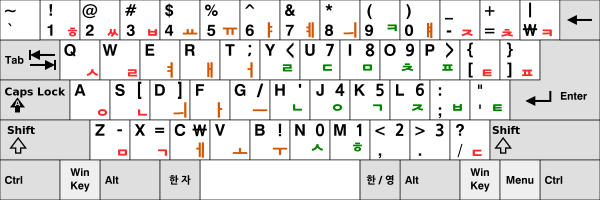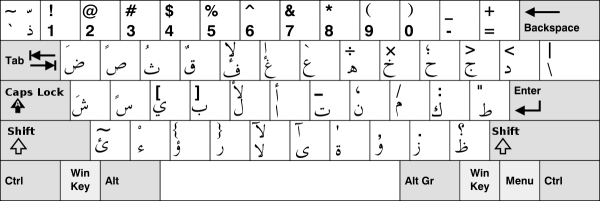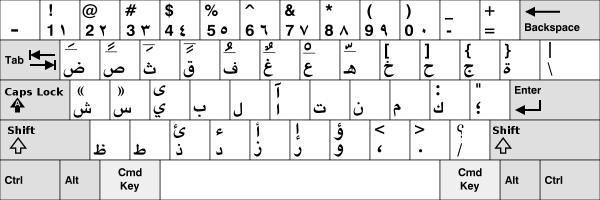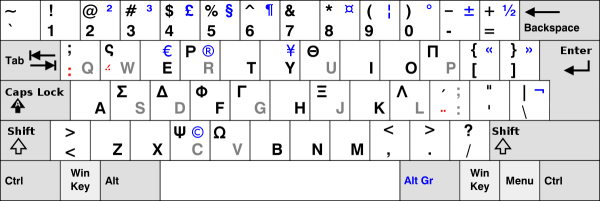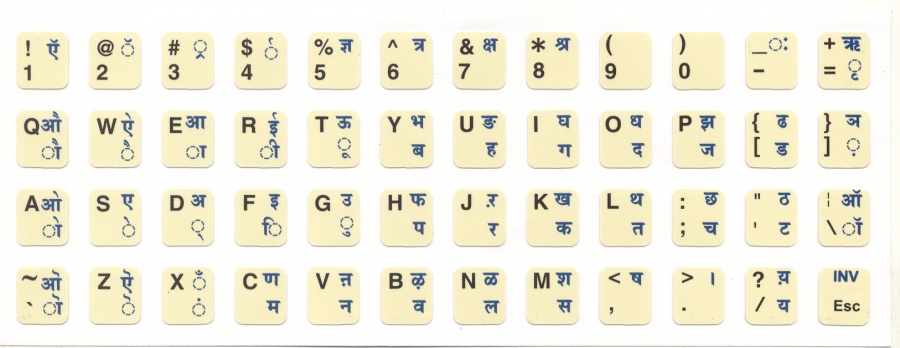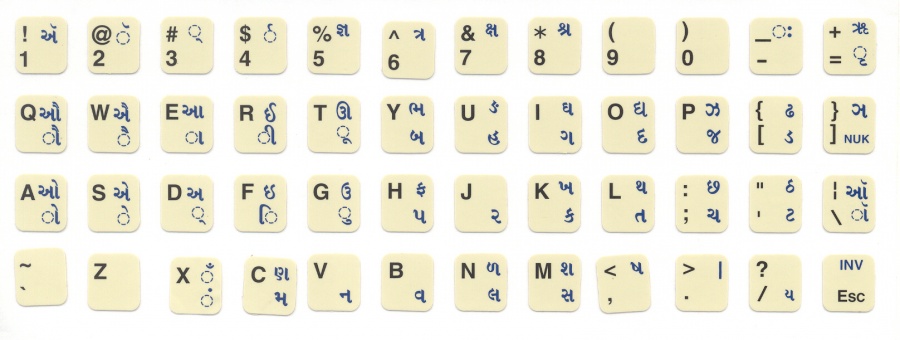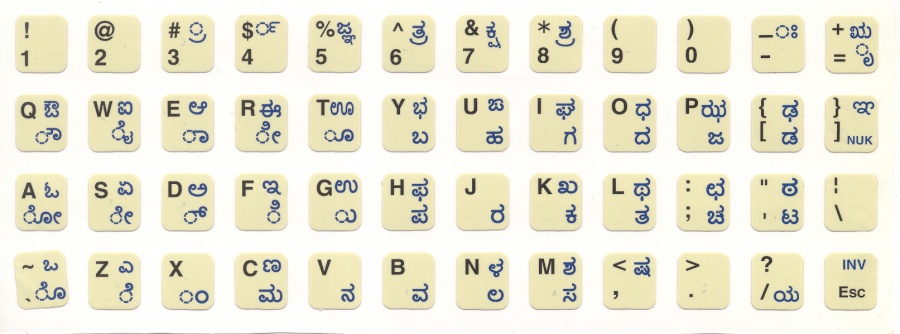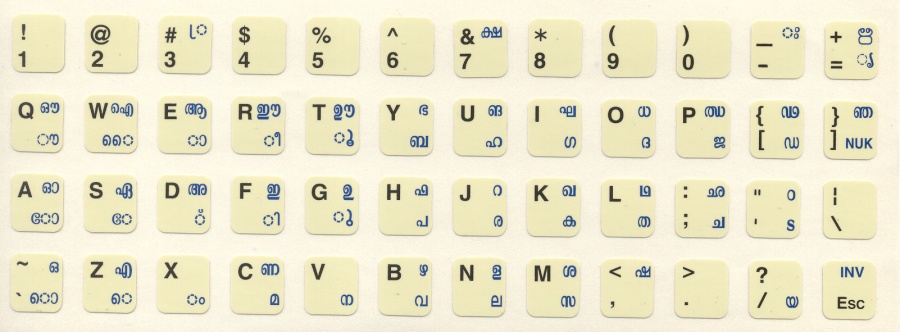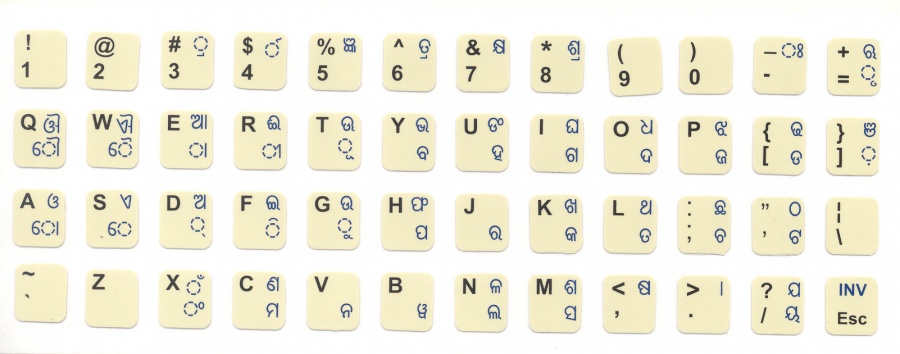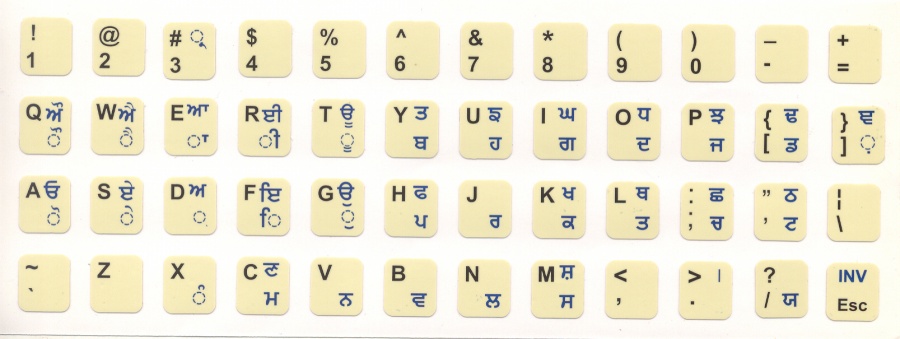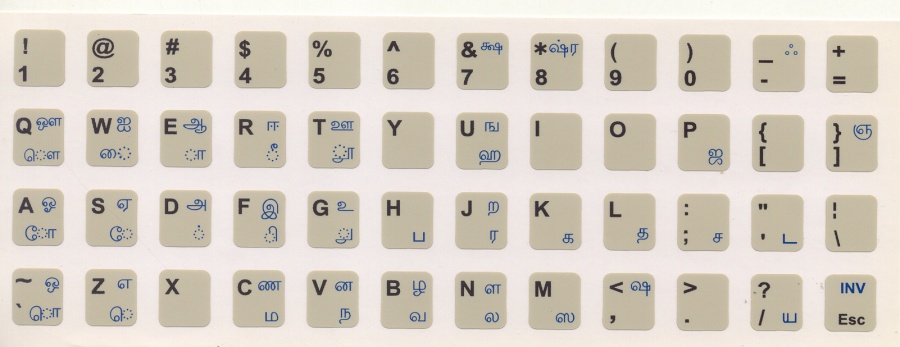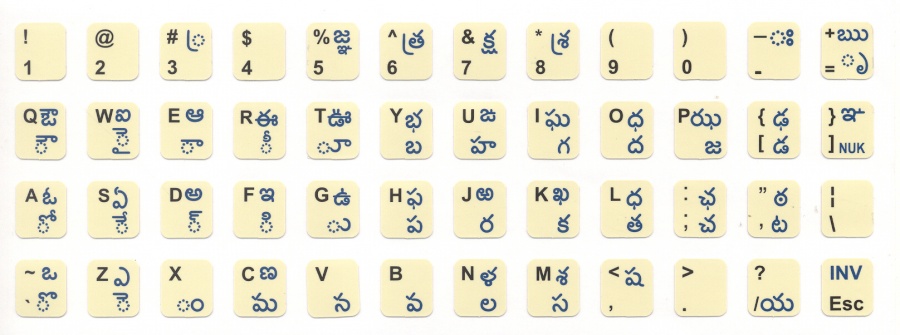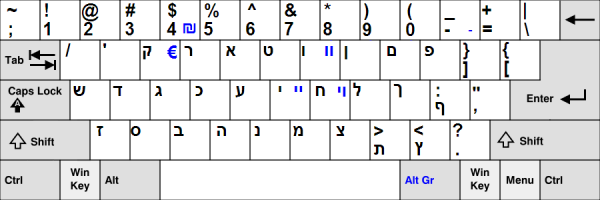Difference between revisions of "Language/Multiple-languages/Culture/Keyboards"
m |
|||
| Line 71: | Line 71: | ||
Download website for Windows | Download website for Windows | ||
http:// | http://zz9pza.net/tajpi/en/ | ||
Download website for Mac | Download website for Mac | ||
Revision as of 14:02, 28 May 2017
Here are some suggested input methods, but not all notable ones are covered.
Recommended multilingual keyboard for Android: Multiling O keyboard
https://play.google.com/store/apps/details?id=kl.ime.oh
Recommended typing tutor software: RapidTyping
Recommended online typuing course: The Typing Cat
The Microsoft Keyboard Layout Creator
https://msdn.microsoft.com/en-us/globalization/keyboardlayouts.aspx
Latin
QWERTY
It's created in the 1870s by Christopher Latham Sholes. But it's designed to avoid key stuck in typewriters, so it provides possibility for better alternatives in computers.
Its main advantage is the overwhelming amount of user, most keyboard shortcuts are designed according to it.
There are a lot of variants of it to input other languages written in Latin script.
Dvorak
It's created by August Dvorak and William Dealey in 1936.
Its main advantage is efficient.
Dvorak right hand
Dvorak left hand
Colemak
It's created by Shai Coleman and released in 2006.
Its main advantage is convenient.
Official website
Workman
Its main advantage is convenient.
Official website
Turkish F
Third party software for Esperanto
Although it appears, Esperanto keyboard coming with Windows 10 is not avaliable.
Download website for Windows
Download website for Mac
http://download.cnet.com/Esperanto-keyboard/3000-2098_4-46671.html
Cyrillic
JCUKEN
It's commonly called Windows layout, for Russian, and there is a variant of it for Ukranian.
Bulgarian
It's based on QWERTY.
Serbian Cyrillic
It's based on QWERTZ.
Chinese
Zhuyin (Bopomofo)
It's a set of phonetic notes created by the Beiyang Government in the 1910s. Later it came into computers.
Its main advantage is easy to learn.
It's the most popular in Taiwan.
Pinyin
It's a romanizaton created by many linguists in the 1950s and published by Government of China in 1958, and has been revised several times. Later it came into computers.
It follows the system's keyboard, usually QWERTY.
Its main advantage is easy to learn.
It's the most popular in China.
Cangjie
It's created by Chu Bong-Foo and named by Chiang Wei-kuo in 1976, to input Traditional Chinese by making characters up with parts.
Mr. Chu waived his copyright for common good.
Its main advantage is efficient and enabling to input characters without knowing its pronunciation.
There are mainly two versions, 3 and 5, the latter is more reasonable.
The Cangjie coming with Windows 10 is version 3.
Layout of Cangjie 3:
Two parts are added in Cangjie 5:
Inventor's website
Software 倉頡平台2012 for Windows download
http://www.chinesecj.com/forum/forum.php?mod=attachment&aid=NzE3fGMzY2IwOWE0fDE0OTI2MjM2MjZ8MHwyNTk2
Cangjie 5 practice software 倉頡打字通 7.0 download
http://huajun1.onlinedown.net/down/cjdzt6.6.zip
Cangjie course, based on version 3
http://dylansung.tripod.com/methods/cangjie.htm
Cangjie course in Chinese
https://zh.wikibooks.org/wiki/%E5%80%89%E9%A0%A1%E8%BC%B8%E5%85%A5%E6%B3%95
Cangjie 3 code dictionary
http://input.foruto.com/cjdict/Search_1.php
Cangjie 5 code dictionary
http://www.chinesecj.com/cj5dict/
Simplified Cangjie
A variant of Cangjie, only to input the initial and the final parts and then select from candidates.
Wubi
It's created by Wang Yongmin in 1986, to input Simplified Chinese by making characters up with parts.
It main advantage is efficient and enabling to input characters without knowing its pronunciation.
There are mainly three versions, 86, 98 and New-century. The former the more popular, but the latter the more reasonable.
The Wubi coming with Windows 10 is version 86, but unofficial thesauruses for other Wubi input softwares are available.
Layout of Wubi 86:
Layout of Wubi 98:
Layout of Wubi New-century:
Software 极点五笔 十周年纪念版 7.15 for Windows download
http://down.tech.sina.com.cn/download/d_load.php?d_id=9351&down_id=1&ip=124.133.234.112
Wubi 86 practice software 五笔打字通 9.97 download
http://huajun1.onlinedown.net/down/cjdzt6.6.zip
Wubi 98 practice software 98五笔打字通 9.6 download
http://huajun1.onlinedown.net/down/wb98.zip
Wubi course, based on version 86
http://chinesemac.org/wubi/xing.html
Wubi course in Chinese, based on version 86
http://soft.zol.com.cn/22/224137_all.html
Wubi code dictionary
Official website
Handwriting input
To input by handwriting recognition.
Its main advantage is enabling to input characters without knowing its pronunciation (many can show it), and to input uncommon characters.
Japanese
Romaji input
It's a romanizaton created by Portugese in around 1548. Later it came into computers.
It follows the system's keyboard, usually QWERTY.
Its main advantage is easy to learn.
Kana input
Its main advantage is efficient.
It's the most popular in Japan.
Keitai flick input
It's for mobile phones, to flick finger from a position to a direction to input.
Its main advantage is efficient.
It's the most popular in Japan.
Example:
Korean
Dubeolsik
Its main advantage is easy to learn.
It's the most popular in Korea.
Sebeolsik 390
It's created by Kong Byung Woo and released in 1990.
Sebeolsik Final
The final design of Sebeolsik.
Its main advantage is covienient.
Sebeolsik Noshift
A variant of Sebeolsik, to avoid pressing shift.
Arabic
IBM PC Arabic Keyboard
Mac Arabic Keyboard
Greek
It's based on QWERTY.
Brahmic
Inscript
It's a set of keyboards standardized by Government of India in 1986.
